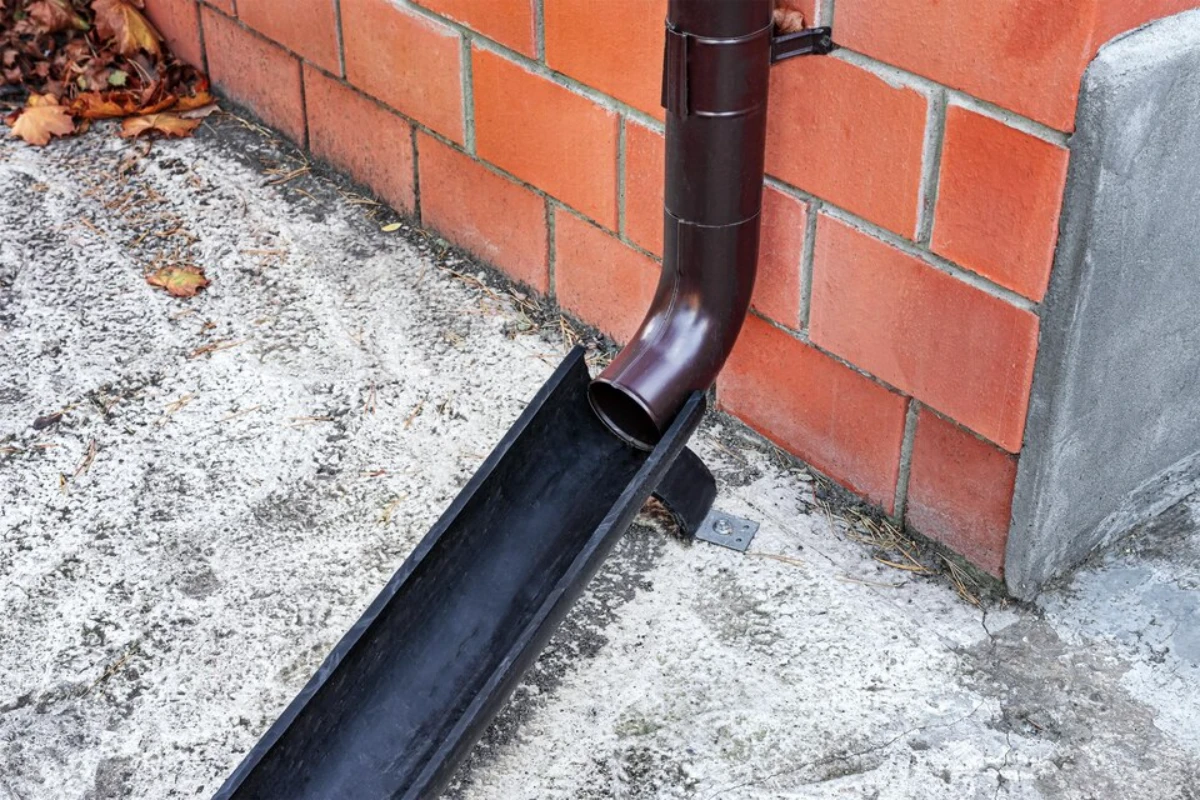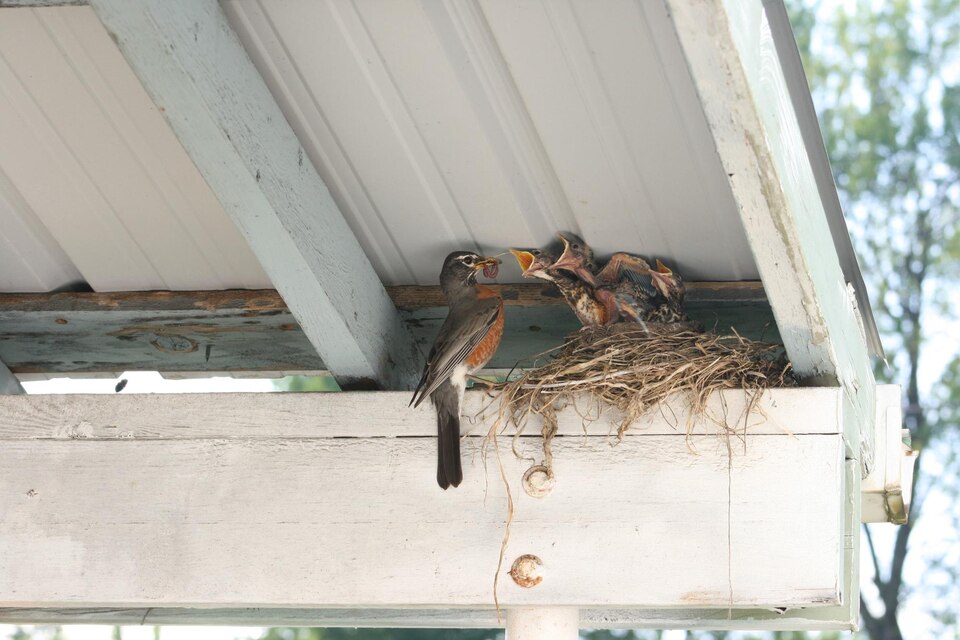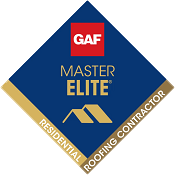Hurricanes are an all-too frequent occurrence in the Sunshine State, which is also the most hurricane-prone state in the country.
After a hurricane, homeowners often focus on repairing visible damage, but one hidden threat can create long-term problems—mold growth. With Florida’s high humidity, mold can begin developing in as little as 24 to 48 hours if moisture isn’t removed quickly. Left unchecked, it can cause serious health issues and costly damage to your home.
Dangers of Mold
Mold growth after a hurricane is not just a cosmetic issue—it can pose serious risks to both health and property. Understanding these dangers highlights why immediate action is necessary to prevent mold from spreading.
Health Risks
Mold releases tiny spores into the air that can trigger respiratory problems, allergic reactions, and other health issues, especially in children, older adults, and individuals with weakened immune systems.
- Exposure to mold spores can cause coughing, sneezing, congestion, and eye irritation.
- People with asthma or allergies may experience severe flare-ups or breathing difficulties.
- Prolonged exposure to certain mold species, like black mold (Stachybotrys chartarum), may contribute to more serious health conditions, including lung infections.
Structural Damage
Mold thrives in damp environments and can break down building materials over time, leading to costly repairs.
- Wood, drywall, and insulation can weaken as mold spreads, reducing the structural integrity of walls, ceilings, and floors.
- Severe mold infestations may require extensive remediation, including replacing walls, flooring, and even portions of the home’s foundation.
- Hidden mold behind walls and under flooring can go unnoticed for weeks, worsening the damage and increasing restoration costs.
Reduced Indoor Air Quality
Mold growth negatively impacts air quality, making the home environment hazardous to live in.
- Mold spores can circulate through HVAC systems, spreading contamination throughout the house.
- Persistent musty odors can indicate mold presence, affecting comfort and livability.
- In severe cases, mold contamination can make a home uninhabitable until professional remediation is completed.
Financial Consequences
The longer mold is left unaddressed, the more expensive it becomes to remove and repair damage.
- Homeowners insurance may not cover mold remediation if it results from delayed action or neglect.
- Severe infestations may require professional mold removal services, which can cost thousands of dollars.
- Mold issues can decrease property value and complicate home sales, as buyers may be hesitant to purchase a home with a history of mold problems.
Taking immediate steps to prevent mold growth after a hurricane is crucial to avoiding these dangers. By acting quickly, homeowners can prevent mold growth, protect their health, preserve their home’s structural integrity, and minimize costly repairs.
5 Ways to Prevent Mold Following a Hurricane
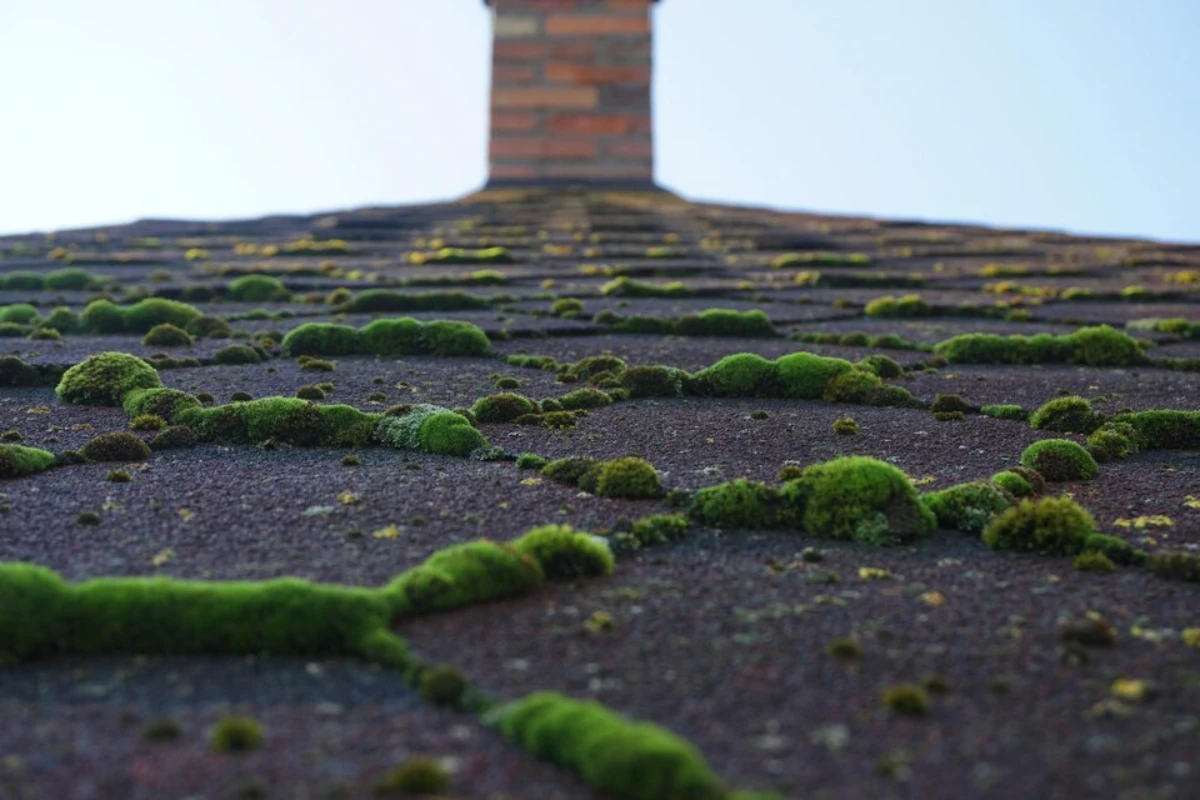
Taking the right steps immediately after a storm can prevent mold growth and protect both your property and your health.
However, before beginning the cleanup process, it’s essential to prioritize safety when returning home. Floodwaters, structural damage, and electrical hazards can pose serious risks.
- Always follow local authorities’ guidance before re-entering your home.
- If there is standing water inside, turn off the power at the breaker before stepping in to avoid electrical shock.
- Inspect for structural damage, such as sagging ceilings or weakened flooring, which could collapse unexpectedly.
- Wear sturdy boots and gloves to protect against contaminated water, sharp debris, or hidden hazards.
- If you smell gas or notice downed power lines, evacuate immediately and contact emergency services.
Once the home is deemed safe, assess the extent of water damage and identify areas where mold growth may be a concern.
Here are the steps to take to prevent mold:
-
Dry Your Home Immediately
Mold thrives in damp environments, and moisture left behind after a storm creates the perfect breeding ground.
Open doors and windows to increase ventilation, use fans if electricity is available, and run dehumidifiers to remove excess moisture. Dry out your home as quickly as possible, ideally within 24 to 48 hours, to minimize the risk of mold development.
-
Remove Water-Damaged Materials
Certain materials retain moisture and provide an ideal environment for mold. Remove soaked carpets, upholstery, insulation, and drywall that cannot be thoroughly dried.
If water damage is extensive, consult a professional to determine what materials need to be replaced. Delaying the removal of wet materials increases the likelihood of mold spreading.
-
Clean and Disinfect All Surfaces
After removing water-damaged items, clean and disinfect all surfaces to eliminate mold spores. Use a mixture of water and detergent for general cleaning. In cases where floodwaters contained contaminants, disinfect surfaces with a diluted bleach solution—one cup of bleach per gallon of water. Never mix bleach with ammonia or other cleaning agents, as this can produce toxic fumes.
-
Wear Protective Gear During Cleanup
Mold exposure can lead to respiratory issues, allergic reactions, and other health concerns. When cleaning and removing damaged materials, wear an N-95 respirator, gloves, and goggles to protect yourself from mold spores and cleaning chemicals.
If you experience any health symptoms, such as difficulty breathing or skin irritation, seek medical advice.
-
Fix Leaks and Improve Ventilation
Preventing mold growth requires eliminating sources of excess moisture. Inspect your home for roof leaks, plumbing issues, and areas where water may have seeped in. Repair any leaks immediately and improve ventilation in moisture-prone areas like bathrooms and kitchens.
Using exhaust fans or installing additional ventilation can help keep humidity levels under control.
When to Call a Professional
If mold covers an area larger than ten square feet, professional remediation may be necessary. Mold removal specialists have the proper equipment and expertise to handle extensive growth safely.
Additionally, homeowners with asthma, allergies, or weakened immune systems should avoid mold cleanup and seek assistance from professionals to minimize health risks.
Preparing Your Roof Before a Hurricane
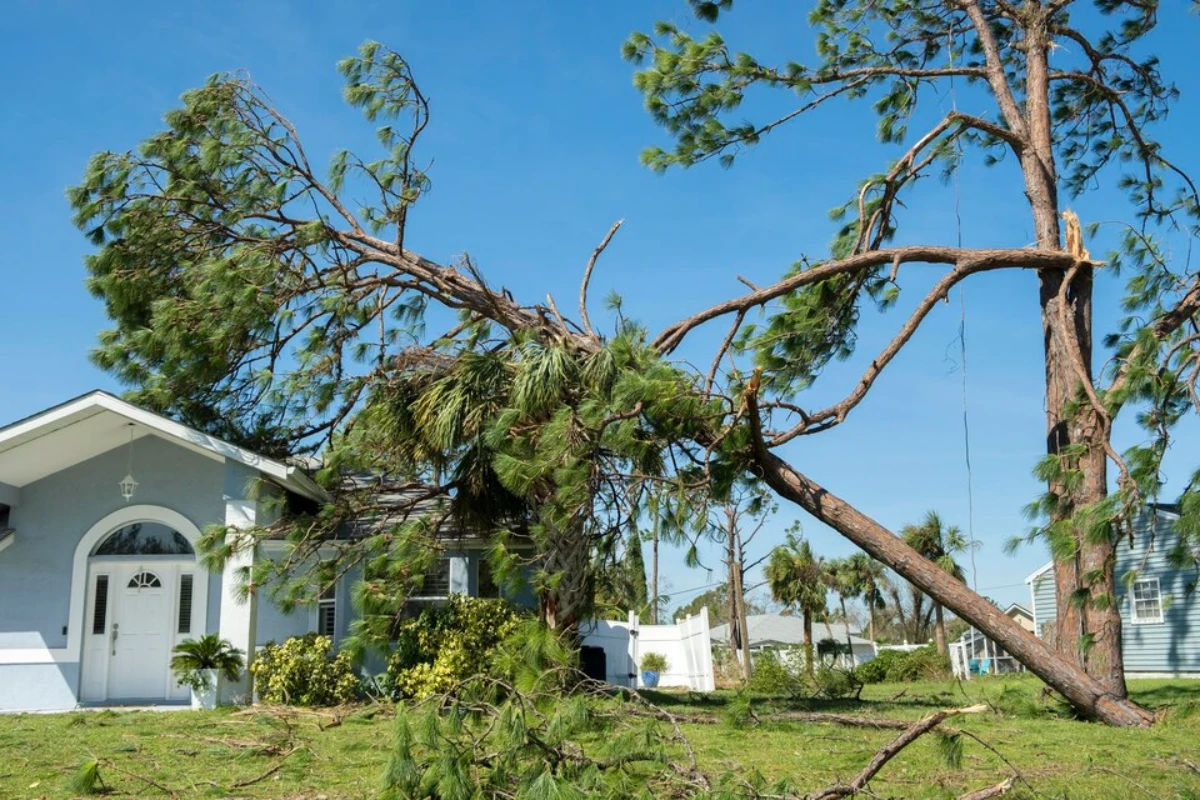
One of the most effective ways to prevent mold growth after a hurricane is to prepare your home, especially your roof, before the storm arrives. A well-maintained roof can help minimize water intrusion, reducing the chances of moisture buildup and mold growth inside your home.
Here are key steps to prepare your roof ahead of hurricane season:
- Schedule a Professional Roof Inspection: A roofing expert can identify vulnerabilities such as loose shingles, cracked flashing, or weak seals around vents and chimneys.
- Clean and Maintain Gutters and Downspouts: Ensure that your gutters and downspouts are clear of debris so they can efficiently direct rainwater away from your home.
- Secure Loose Shingles and Flashing: High winds can lift loose shingles and expose your roof to heavy rain.
- Trim Overhanging Branches: Trees with branches hanging over your roof can become hazardous in hurricane-force winds.
- Install Hurricane Straps or Clips: If your home is in a high-risk hurricane zone, consider reinforcing your roof with hurricane straps or clips. These metal fasteners help secure the roof to the structure, reducing the risk of it being lifted by strong winds.
- Check Attic Ventilation and Insulation: Proper attic ventilation can help regulate moisture levels and prevent mold growth. Ensure that vents are clear and insulation is dry and intact before hurricane season begins.
- Consider Waterproof Underlayment: If replacing your roof, installing a waterproof underlayment beneath shingles can provide an extra layer of protection against water intrusion during severe storms.
Your Lakeland Roofers
Whether it’s post-hurricane or any other time, when you need a roofing company in Lakeland, Stronghold Roofing & Solar is the choice. From roof repairs to installation and inspections, our team of experienced roofers can handle all your roofing needs.
Call today and ask for a free roof estimate.
FAQs – Prevent Mold Growth
How fast does mold grow after a hurricane?
Mold can begin developing within 24 to 48 hours if moisture is not removed promptly.
Can I clean mold myself, or do I need a professional?
For small areas of mold (less than ten square feet), homeowners can clean it themselves using proper protective equipment. Larger mold infestations should be handled by professionals.
What cleaning products work best for mold removal?
Water and detergent are effective for general cleaning. A diluted bleach solution can be used for disinfecting flood-contaminated surfaces.
Is it safe to stay in a home with mold?
Mold exposure can cause respiratory issues, especially for individuals with asthma or allergies. Prompt removal is necessary to ensure a safe living environment.
How can I prevent mold from returning?
Maintaining low indoor humidity, fixing leaks promptly, and improving ventilation can help prevent mold from coming back.


